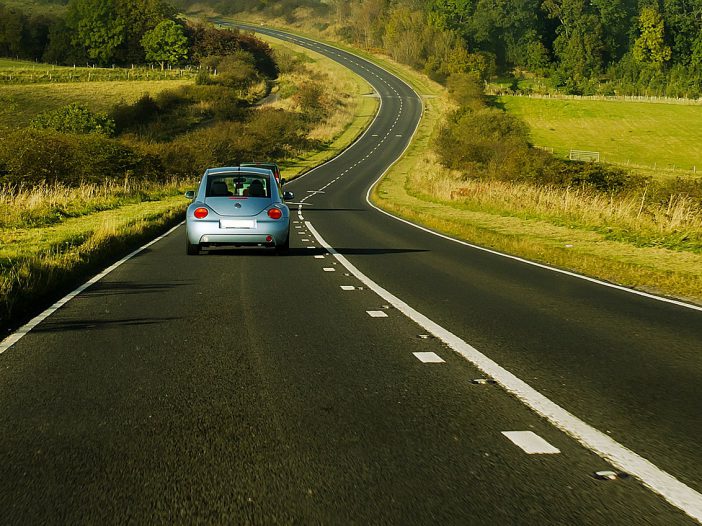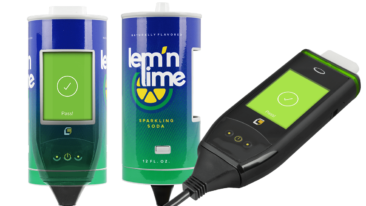
How Long After Drinking Can You Use an Ignition Interlock Device?
Impaired driving remains a significant issue in the United States. According to the Centers for Disease Control and Prevention (CDC), over one million drivers were arrested for driving under the influence (DUI) of alcohol or controlled substances in 2016. However, this represents only about 1% of the estimated 111 million self-reported incidents of drunk driving annually. Tragically, approximately 29 people die daily due to alcohol-related crashes.
Efforts to curb impaired driving have included both legal enforcement and community-based initiatives. Federal and state laws enforce a 0.08% BAC legal limit for drivers, with zero-tolerance laws for underage drivers. Community measures focus on education and health promotion. Among the most effective tools for preventing repeat DUI offenses is the ignition interlock device (IID). Research indicates that IIDs reduce repeat DUI offenses by approximately 70% while installed. Many states now mandate these devices even for first-time DUI offenses.
What is an Ignition Interlock Device?
An ignition interlock device consists of a mouthpiece, a handheld device, and a cord that connects to a vehicle’s ignition system. Before starting the engine, the driver must blow into the device. If the breath alcohol concentration (BrAC) exceeds a pre-set limit (typically 0.02%), the engine will not start. Additionally, IIDs require rolling retests during a trip. If the driver fails to provide a sample or if the BrAC is too high, the device will trigger alarms (e.g., honking, flashing lights) until the driver pulls over and turns off the engine.
Modern IIDs log all test results, which are sent to a monitoring authority (e.g., court, parole officer, DMV). Some models include GPS tracking to record the location and time of each test. Attempts to tamper with or circumvent the device can lead to severe penalties, including fines, extended IID periods, or jail time.
How Do Ignition Interlock Devices Work?
Alcohol enters the bloodstream rapidly, with about 20% absorbed directly through the stomach and the remainder through the small intestine. Due to alcohol’s volatility, it evaporates into the lungs and is expelled in breath. The alcohol content in breath correlates directly with blood alcohol concentration (BAC).
Modern IIDs use fuel cell technology to measure BrAC. The device contains platinum electrodes that react with alcohol in the breath, producing an electrical current. The strength of this current corresponds to the alcohol level in the breath, which the device converts into a BAC reading.
Understanding BAC and Alcohol Metabolism
BAC represents the amount of alcohol in the blood and is expressed as a percentage. For example, a BAC of 0.08% means 0.08 grams of alcohol per 100 milliliters of blood. Several factors influence BAC, including:
- Age – Older adults often metabolize alcohol less efficiently.
- Genetics – Enzymes responsible for alcohol metabolism vary by individual.
- Body size and composition – Smaller individuals and those with less muscle mass generally have higher BACs.
- Liver health – A compromised liver metabolizes alcohol more slowly.
- Food and hydration – Eating before drinking slows alcohol absorption.
The Standard Drink and Your BAC
A standard drink in the U.S. contains about 14 grams of pure alcohol, which is roughly equivalent to:
- 12 ounces of regular beer (5% ABV)
- 8–9 ounces of malt liquor (7% ABV)
- 5 ounces of wine (12% ABV)
- 1.5 ounces of distilled spirits (40% ABV)
A general rule is that one standard drink increases BAC by approximately 0.02%. However, this varies based on personal factors.
When Is It Safe to Use Your Ignition Interlock Device?
The only safe time to use an IID is when your BAC is 0.00%. The time it takes for BAC to return to zero depends on the amount of alcohol consumed and individual metabolism rates. On average, the body metabolizes alcohol at a rate of about 0.016% BAC per hour. For example, someone with a BAC of 0.08% would need approximately five hours to become sober.
Can You Speed Up Alcohol Metabolism?
No. Myths such as drinking coffee, taking cold showers, or vomiting do not accelerate alcohol metabolism. Alcohol is absorbed quickly and metabolized at a steady rate. Sleeping does not speed up the process either—someone can wake up still impaired if they drank heavily before sleeping. The only way to sober up is to wait.
Conclusion
If you must drink, consider alternative transportation methods such as rideshare services, taxis, or public transit. A designated driver is another responsible option. If you are required to use an ignition interlock device, avoiding alcohol entirely is the safest approach. Consistently attempting to drive after drinking may indicate an underlying issue with alcohol use. Do not take risks—drunk driving endangers lives.


